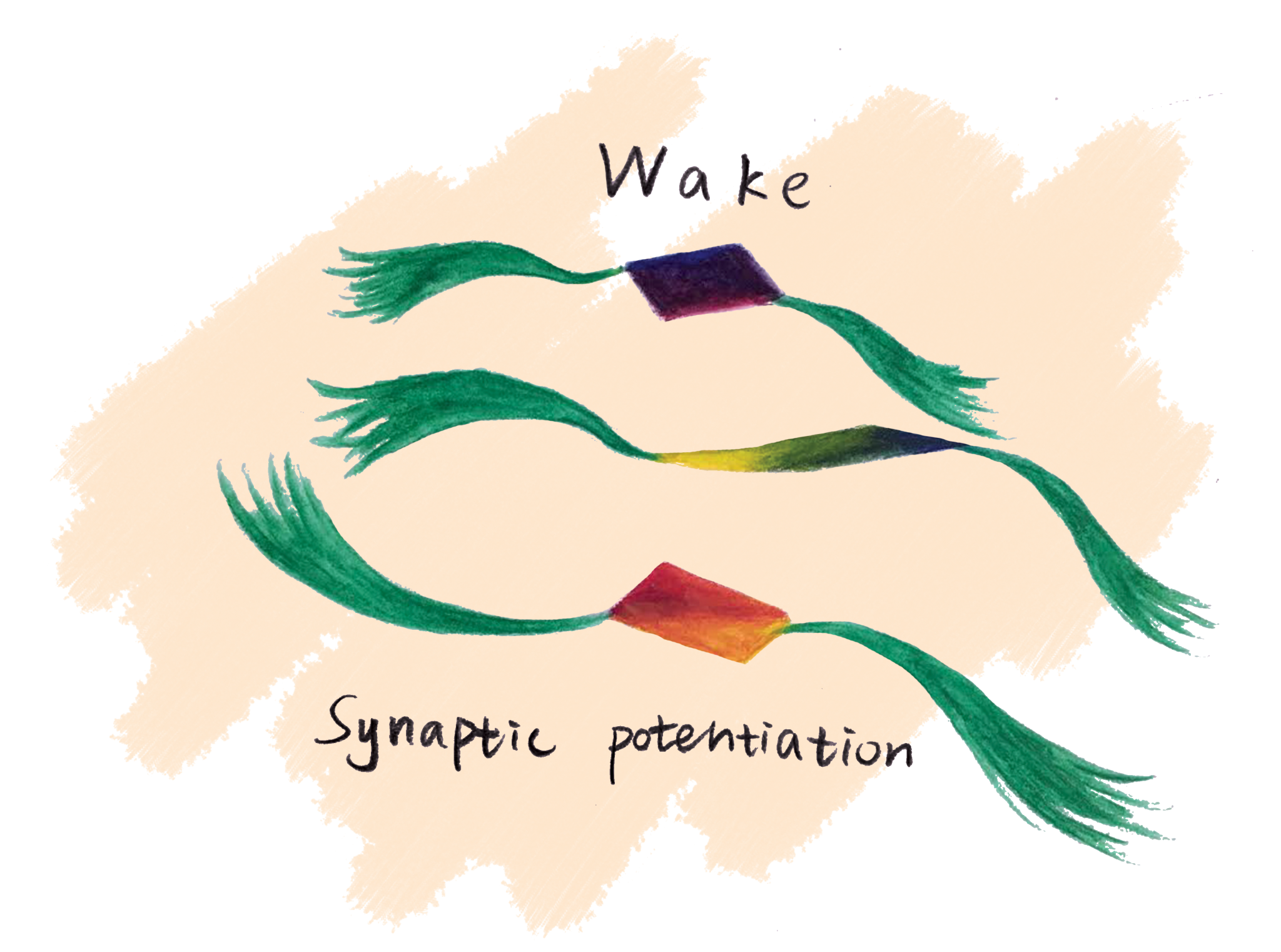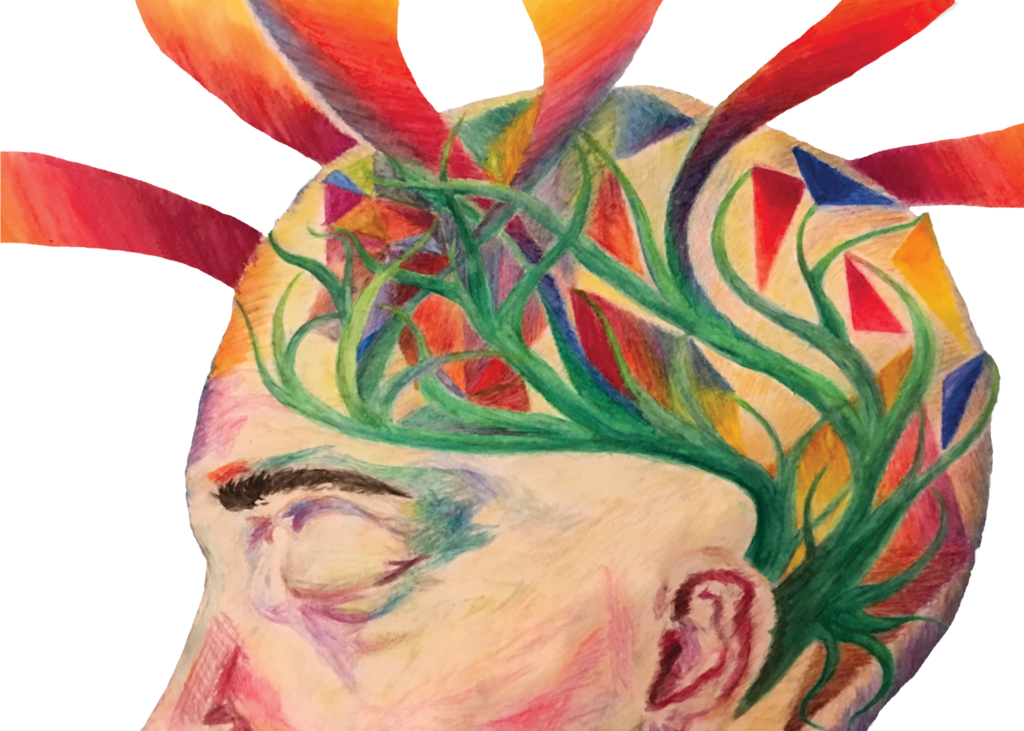Sleep sets people back. Every night, people stop and doze off; they don’t eat, work, or learn. Evolutionarily, it should be a recessive trait—after all, non-sleepers could get so much more done! Yet no creature goes without sleep, and chronic sleep loss is correlated with several detriments, like obesity, fatigue, poor mood, and ‘brain fog’ [1, 2] . On top of that, just 19 hours without sleep can cause the same amount of mental impairment as a blood alcohol content (BAC) of 0.05%, and impairment only increases with more hours spent awake. This means a late-night drive after a long day could be as dangerous as driving under the influence [3] . It is clear that people need sleep for their health and
well-being, but what makes sleep so essential?
The synaptic homeostasis hypothesis (SHY) proposes that sleep is a way of resetting the brain after daytime activity [4] . In essence, sleep serves to downscale the neural connections formed during the day, since the process of learning and forming memories saturates and exhausts the brain.Most of waketime activity excites groups of neurons to form memories. Memory formation occurs through a variety of methods, all of which depend on plasticity, the capacity of neural connections to change in strength. Plasticity may be enacted through potentiation, in which neurons become more connected at chemical synapses, or through physical changes, in which neurons grow and morph to increase contact [5] . All of these result in the strengthening of a pattern of neural firing, providing a basis for learning and memory.

Long-term potentiation (LTP), an extended strengthening of a neural connection, is attributed to long-term memory[4]
